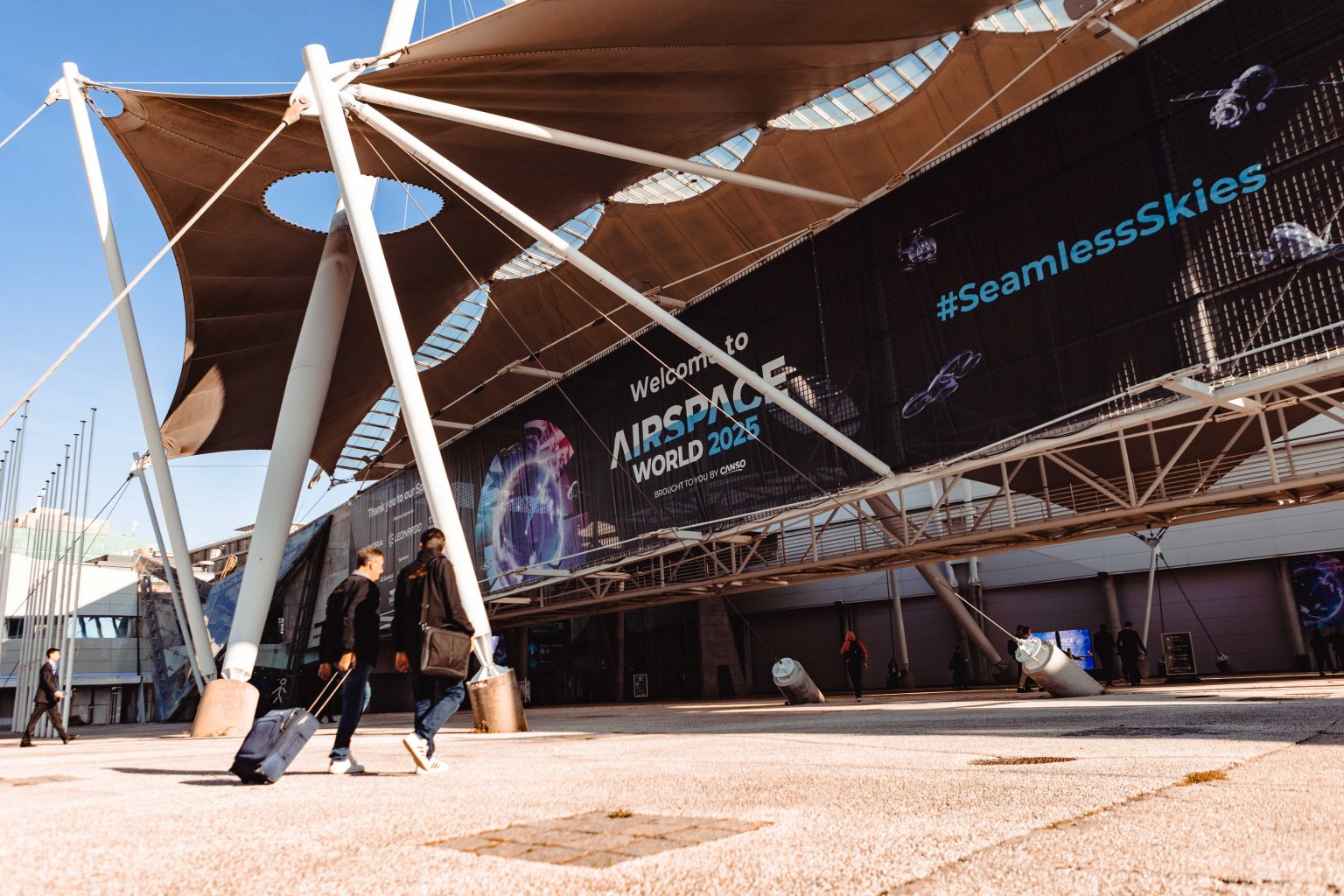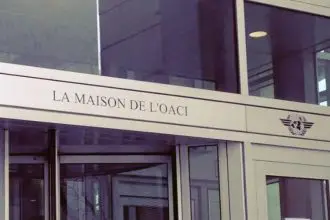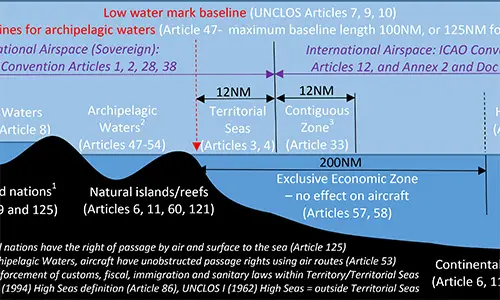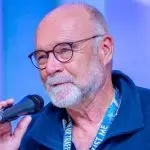
by Philippe Domogala
IFATCA Contributing EditorFor its 2025 edition, Airspace World relocated from Geneva to its new location at Feira Internacional de Lisboa in Lisbon, Portugal. Airspace World is one of the most significant global aviation events. This year, over 7,000 visitors and 220 exhibitors from 145 countries attended.
In a packed schedule, there were 140 seminars, presentations, panels and other workshops across three days. It would be impossible to follow them all! IFATCA representatives were invited to participate in several panels, either as participants or as moderators. Marc Baumgartner (SESAR coordinator), Nicola Ni Rìada (Communications Coordinator), Frédéric Deleau (EVP Europe) and Greg Okeroa (New Zealand, EDI-TF) ably represented IFATCA. Our President and CEO, Helena Sjöström Falk, attended the CANSO Leadership Summit on Monday and was invited to participate in the prestigious CEO breakfast on Thursday morning. We will not report on those panels here; they were covered in social media reports, but we will focus on what was new in this year’s edition.
The general impression over the three days was that drones and their integration into controlled airspace (UTM) are no longer a priority. A survey even indicated that it was last on the list of interests. According to that same survey, the main interests were Aeronautical Management Systems, Artificial Intelligence (AI) integration and, of course, remote towers. An interesting development concerning remote towers was Frequentis advertising the “High-density Remote Tower“, planned for Munich, Germany. That announcement led to serious and sometimes controversial comments, as initially, the remote tower planned for Munich was intended as a temporary replacement during the renovation of the old tower. Some now believe that it could become a permanent replacement.

From the standpoint of purely technical innovations, there were very few. Noteworthy was Thales’ new radar, called TRAC, which can perform both approach and en-route operations. It could be a real cost saver for areas not yet covered by radar. DMEs are back in favour as a backup following the GPS Jamming and spoofing issues. There was also a clear push for regional airports to transition to AFIS instead of ATC to reduce costs and enable multiple airports to be controlled simultaneously from a single facility. This might only be done by bypassing strict ATC regulations.

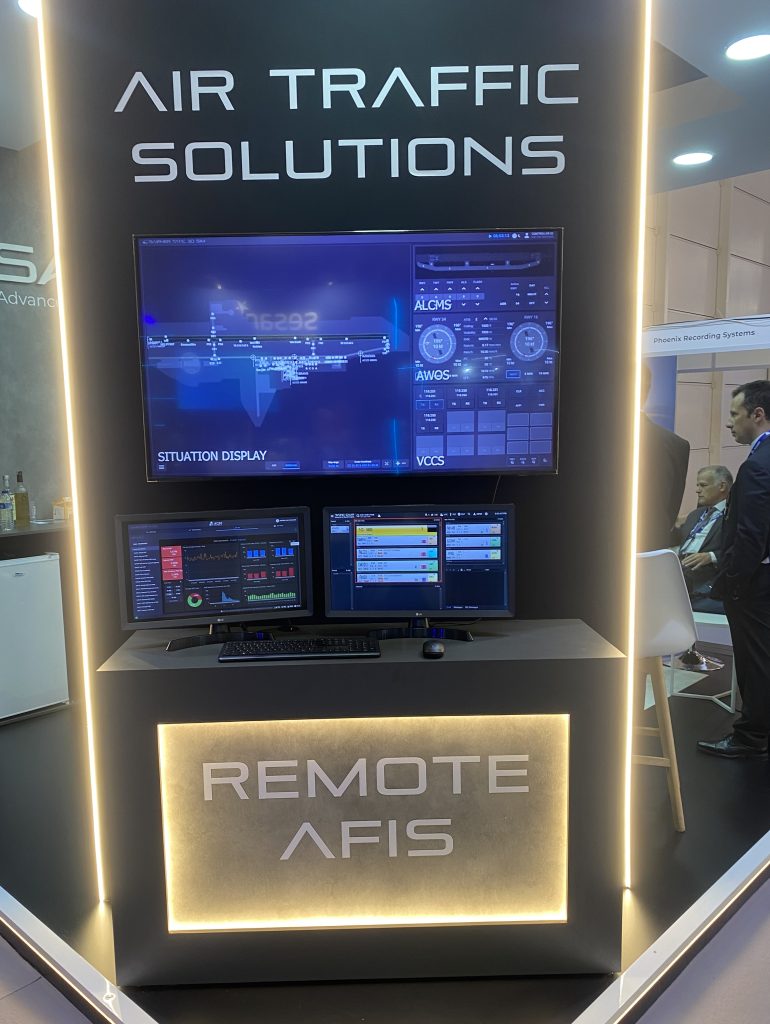
Surprisingly, the old flight-centric concept (one controller per aircraft) made a comeback. It is still being heavily financed as a research project: 4 million euros, of which 2,5 million from SESAR. In November 2024, DLR trialled the concept in a simulator using six controllers from Kiev ACC and claimed it as a success story. The apparent aim is no longer to reduce the number of controllers needed. In fact, a recent independent survey shows that it would result in only a minimal reduction. Instead, it is now clearly intended to enable Single Person Operations (SPO) as a precursor to full automation. It explains the attractiveness to ANSPs and manufacturers. The premise is that to work in busy airspace, automation will be key. Key roles were for Medium Term Conflict Detection (MTCD) and Artificial Intelligence (AI), doing conflict detection and resolution. However, the transfer/transition issues from conventional (sector-based) to flight-centric airspace were not simulated. The simulation was also done without military areas activations, no weather/CBs, no emergency descents, etc. All this still needs to be simulated and studied. Legal responsibilities, such as having multiple controllers issuing instructions in the same airspace or AI logic allocating responsibilities, will undoubtedly pose a challenge. Interestingly, ICAO appears to be enabling this approach, as it never mentions sectors, only airspace. Licensing will also be an issue in areas where EASA regulation applies. The next “validation exercise” is planned later this year in Madrid, involving Indra and ENAIRE using the Madrid FIR and Spanish controllers.
Finally, the buzzword everybody used in all the discussions was “collaboration”. Not only needed between ANSPs, but also between manufacturers to deliver what the European Commission still calls the Single Sky. Will large European manufacturers, such as Indra, Thales, or Frequentis, speak the same language and develop open, transparent, and user-friendly interfaces, enabling a single, interoperable system in Europe that adheres to the rules outlined in the latest version of the ATM Master Plan? That remains a wide-open question…
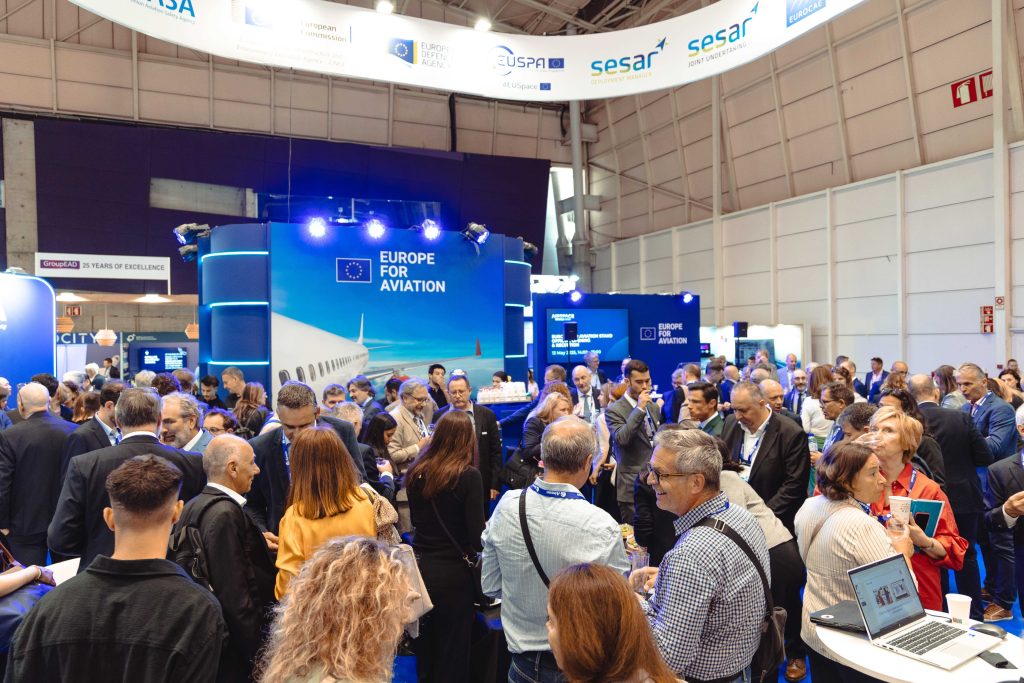
Overall, it was a very good show full of promises and ideas on how to do it, but no clear path on how to get there. Maybe next year…
The next Airspace World will again be in Lisbon 26 – 28 May 2026




